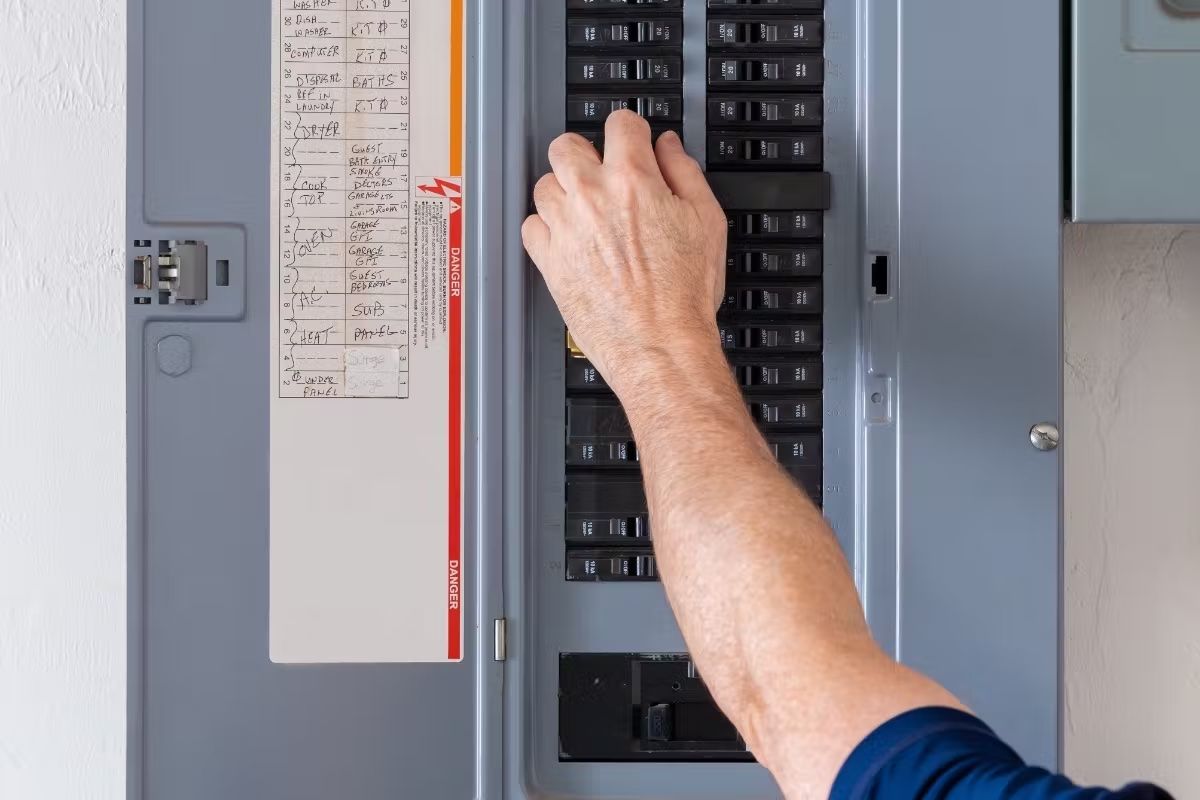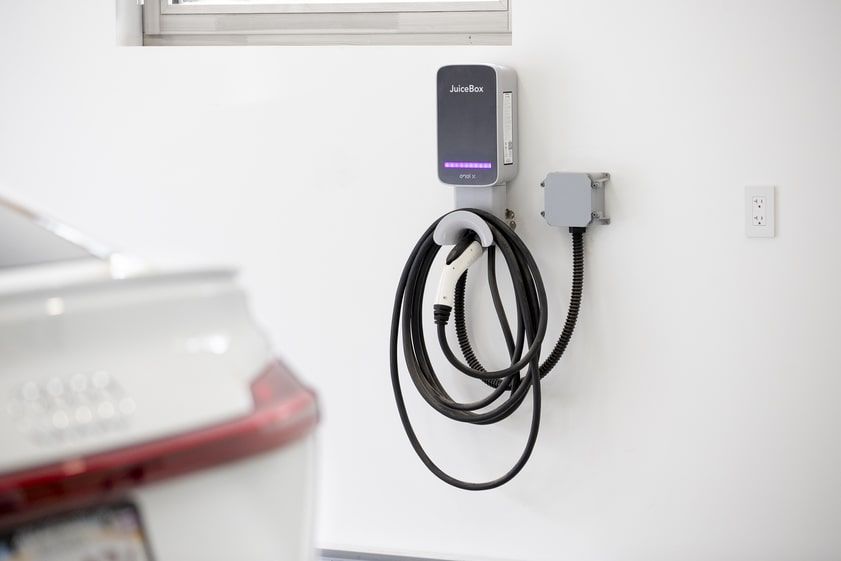As more people make the switch to electric vehicles (EVs), the demand for EV charging stations is increasing. Installing an EV charger at home is a great way to ensure that your vehicle is always charged and ready to go. In this article, we'll take a closer look at EV charger installation, including how EV chargers work, the steps to install one, and the cost to install one.
How Does an EV Charger Work?
An EV charger is an electrical device that is used to charge the battery of an electric vehicle. It is designed to supply the vehicle with the power it needs to recharge the battery, typically using a charging cable that plugs into the vehicle.
There are several types of EV chargers available, each with different charging speeds and compatibility with different vehicles:
Level 1 chargers are the slowest and are typically used with a standard household electrical outlet. They can provide up to 2-5 miles of range per hour of charging, depending on the vehicle.
Level 2 chargers are faster than Level 1 chargers and can be installed at home or in public locations. They typically provide 10-60 miles of range per hour of charging, depending on the vehicle.
Level 3 chargers, also known as DC fast chargers, are the fastest and can provide up to 80% charge in as little as 30 minutes, making them ideal for use on long trips. They are typically found in public locations such as rest areas or shopping centers with multiple electric vehicle charging stations.
Steps to Install an EV Charger
Installing an EV charger can be a straightforward process, but it does require some electrical work and should be done by a qualified electrician. Here are the general steps involved in installing an EV charger:
Step 1: Choose the Right EV Charger for Your Vehicle: There are many EV charger brands and models on the market, so it's important to choose one that is compatible with your car or truck. You should also consider the charging speed, as this will affect how long it takes to charge your vehicle. Here's a list of the top 3 chargers for under $1,000.
Step 2: Determine the Best Location for Your Charger: The location of your charger will depend on several factors, including the layout of your property and the distance to your EV's parking spot. You should also consider the proximity to the electrical panel, as this can affect the cost of installation.
Step 3: Install a Dedicated Circuit: An electrician will need to install a dedicated circuit for your EV charger. This will involve running electrical wiring from the electrical panel to the location of your charger. The wiring must be of the correct size and type to handle the electrical load of the charger.
Step 4: Obtain Required Permits and Inspections: In most cases, you will need to obtain permits and inspections from your local building department before installing an EV charger. This will ensure that the installation meets all safety and code requirements.
Step 5: Install the EV Charger: Once the circuit is in place, the electrician can install the EV charger. This will involve mounting the charger to the wall, connecting the charger to the circuit, and testing the charger to ensure it is functioning properly.

- Turn off all circuit breakers at the electrical panel.
- Attach a double-pole circuit breaker to two 120-volt buses to double the voltage to 240 volts. To do so, link a ground wire to the ground bus bar, a common wire to the wire bus bar, and two hot wires to the double-pole breaker.
- After attaching the circuit breaker to your home’s wiring, take the four-strand cable from the breaker to the area where you want your charging station to be placed.
- Ensure the safety of you and your charging station by insulating the four-strand cable.
- Finally, mount your charging unit and attach it to the cable.
Cost to Install an EV Charger
The cost to install an EV charger can vary widely depending on several factors. One of the main factors is the type of charger that you want to install. Level 1 chargers are the least expensive, typically costing between $300 and $600, while Level 3 chargers can cost between $10,000 and $30,000 or more. Level 2 chargers are the most common type of home EV charger and cost between $500 and $2,000.
Another factor that can affect the cost of EV charger installation is the location of the charger. If the charger is located close to the electrical panel, the installation cost will be lower than if the charger is located far away. Additionally, if the charger requires significant electrical upgrades, such as a new electrical panel or an upgrade to the service entrance, the installation cost will be higher.
In many cases, homeowners may be able to take advantage of tax credits and incentives to offset the cost of installing an EV charger. For example, the federal government offers a tax credit of up to 30% of the cost of an EV charger installation, up to a maximum credit of $1,000. Some states and localities also offer incentives for EV charger installation, so it's worth checking with your local government to see what programs are available.
Final Thoughts on Electric Car Charging Stations
Overall, the cost to install an EV charging station can be significant, but the benefits of having a convenient, reliable EV charger at home can be well worth the investment, especially as more and more people make the switch to electric cars. Learn about how to save energy and save money on electricity.

